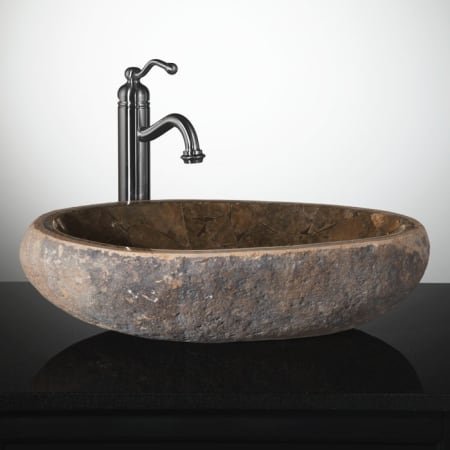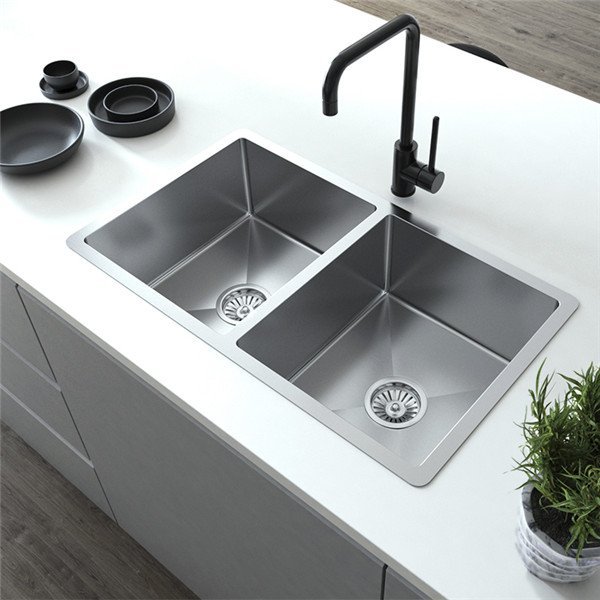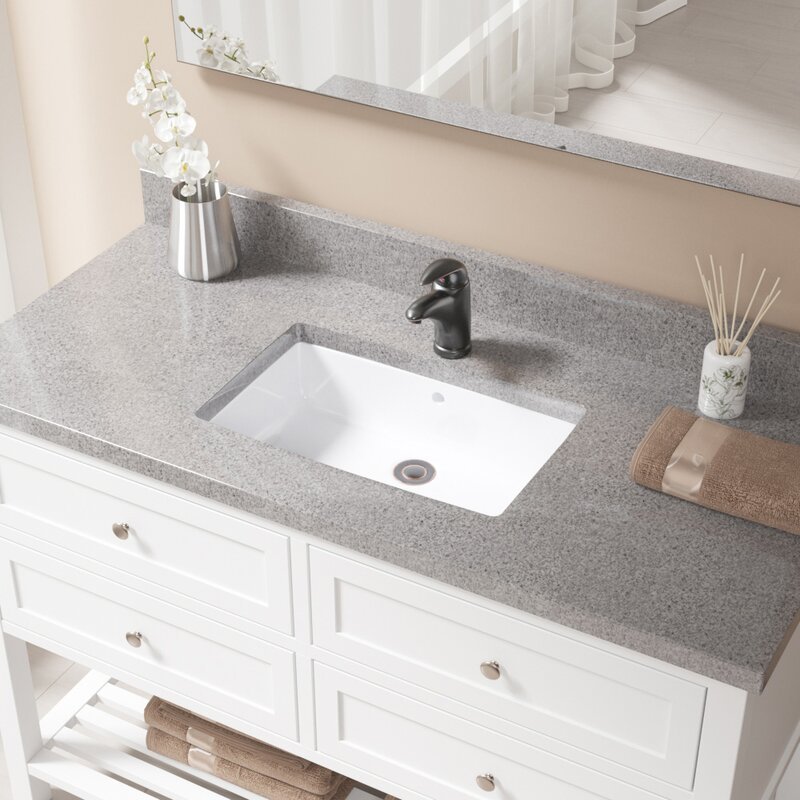The bathroom is one of the most important parts of the home and should be treated as such. We do not accord the bathroom sink the level of importance it deserves when choosing a sink. That’s a mistake you wouldn’t want to make. No one wants to keep recalling a letdown each time they use the bathroom sink.
However, there’s no big deal in choosing a bathroom sink for your bathroom if you know what kind of sink would serve you most.
Thus, there are different types of material employed in the production of bathroom sinks. And we would be examining each of them to ensure that you’re well informed before making your choices. This piece also highlights some factors you should consider when buying a bathroom sink.
Sink Materials
Ceramic
The Ceramic material is a beautiful one used for bathroom sinks. It contains a combination of clay, powders, and water, shaped and fired in a high-temperature oven or kiln.
The heating process hardens this material. Ceramic is strong and resists scratching and chipping on impact with hard substances, making them ideal for every use.

Porcelain
This is a rigid material for sink production. Made from clay material exposed to an extremely high temperature ranging from 12000 f to 14000 f, this is the hardest form of clay. Porcelain is lighter than ceramic because it is less dense and also less porous.
This is a common material for making bathroom sinks because of its low absorption capacity and ease of cleaning. It is a very durable material. Porcelain for sink production usually contains glass and metal, which improves its strength.

Stone sinks
Using a stone sink as a bathroom sink brings nature into the home. Each stone sink is created under natural conditions. This means each stone sink is unique in its own right. Moreover, there are different forms of finishing available for the stone sink.
Some are shaped and polished, while some are left unfinished, bringing a little rugged wild into the home.

There are different forms of stone used for making a stone sink, majorly;
· Granite
· Marble
· Travertine
Granite is a form of stone that forms as molten rock slowly cools deep within the group. The design that appears on a granite stone is dependent on the mineral and temperature at which granite forms. It is dense and tough, making it excellent for bathroom sink production.
Granite composite material is the current trend in stone sinks. It is a material made from a combination of granite and resins. It is more durable and less porous than natural granite. Resistant to chips, scratch, and stain. These qualities make the granite composite material excellent for producing bathroom sinks.
Stainless Steel Sink
This is a form of steel that contains a small percentage of chromium and nickel. The presence of these elements ensures the sink is corrosion resistant and retains its luster over a long period. These qualities make stainless steel an ideal material for bathroom sink production.
Sinks made from this material are durable. Stainless steel sink might lose its shine if not properly maintained.

Wood Sinks
The major material used for making wooden sinks is the teak tree. Teak is a hardwood known for its strength. Like a stone sink, a wooden sink is ideal for people who want natural materials in their bathroom. Teak contains crude oil, which makes it water-resistant. This oil also prevents it from cracking or becoming dry. This is why teak was used as the main material for shipbuilding before the discovery of metal. It is antimicrobial, naturally resisting fungi, mold, and mildew.

Glass Sinks
Made from toughened glass, these sinks are efficient and safe to use. Toughed glass is known thus because it has been specially treated by either heat or chemical methods.
Tempered glass is better at resisting heat than regular glass, which makes it ideal for glass sinks. If broken, it shatters into small cube-shaped pieces. This significantly reduces the risk of getting injured.

Things to Consider When Buying Bathroom Sinks.
Before place that bathroom sink order, there are some factors you need to consider. The marketability of the sink is one major factor you must consider.
A commercial bathroom sink is the first step in making good sales. Below are the factors to consider before placing a bathroom sink order.
Sink Design
Everybody loves a good design. If it is fanciful and elegant, all the better. As in all things, people have different tastes. But in their differences, there are similarities.
We all love the current trend in design. Before placing that order, do proper research to discover what design people are currently buying. Buying an out-of-trend sink would mean a slower return on investment.
Material
This is the most important factor to consider when buying a bathroom sink. This is because the sink’s material gives the sink its features and properties, which is why we examined most of the materials used for bathroom sink production earlier in this article.
True, there are several materials from which we make a bathroom sink, but do all materials appeal to customers?
According to statistics, the three most sought-after sinks currently are granite composite, stainless steel, and ceramic sinks. These sinks are the highest selling because of their durability and appearance. So ordering these sinks would increase your chances at a faster return on investment.
Size or Style
The size of the sink plays a massive role in the money you pay to acquire it. This also plays a role in the amount you sell it to make a substantial profit. This is another factor you consider.
Would your customers be willing to pay for the size of sink you want to order? Your answer to this question should determine the size of sink you go for.
There are two major bathroom sink styles available: the minimalist appearance or the traditional appeal. Knowing what your potential customers would like to have in their bathrooms would go a long way.
Conclusion
Bathroom Sinks are luxuries that people can’t do without in a house. Hence, they should strive hard to get the best there is out there. To make this a possibility, we’ve provided a comprehensive bathroom sink buyer’s guide. It highlights the various sink material types as well as things to consider when buying.

